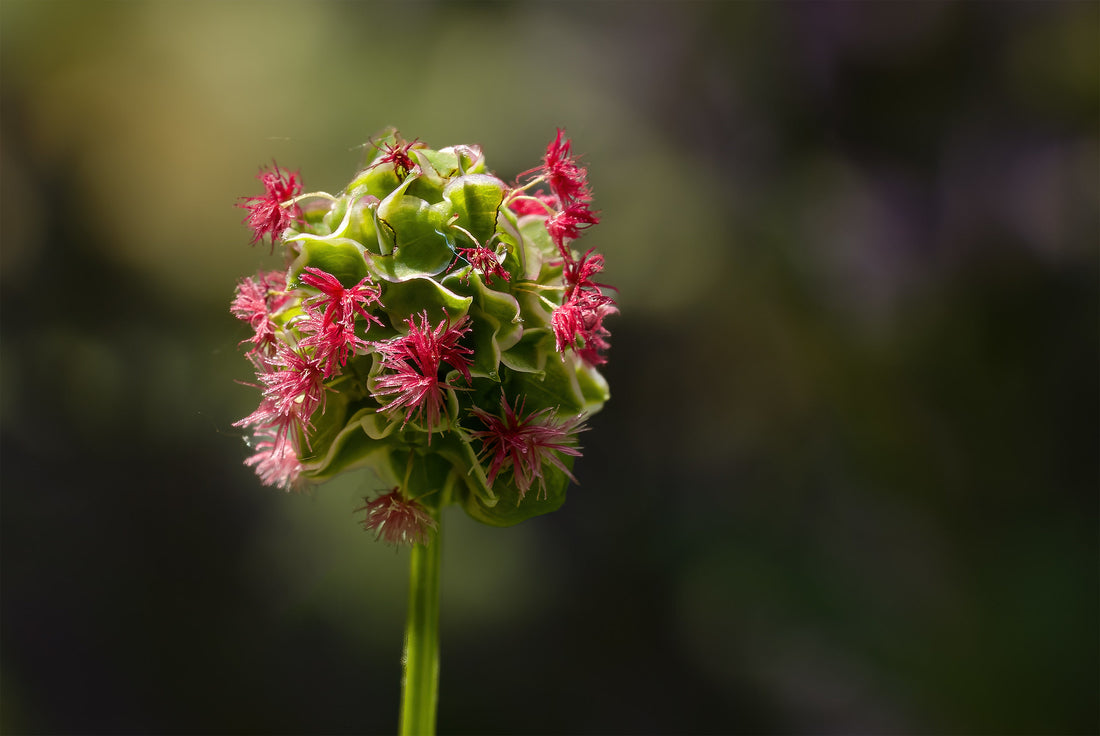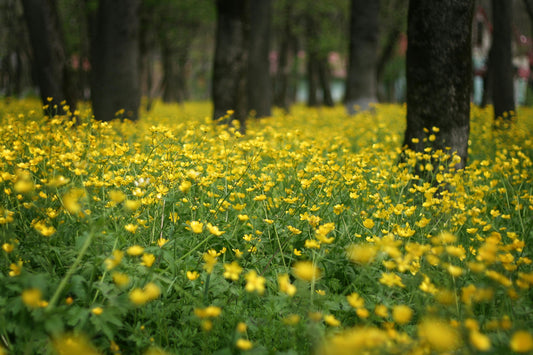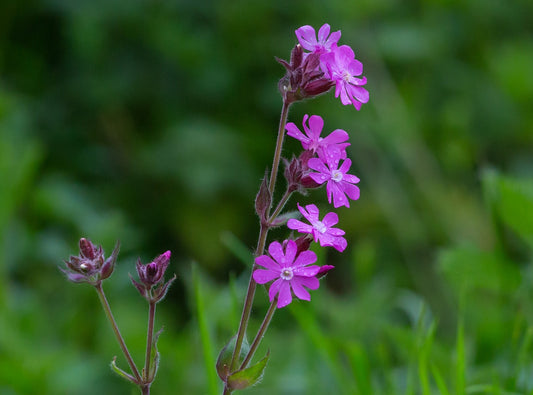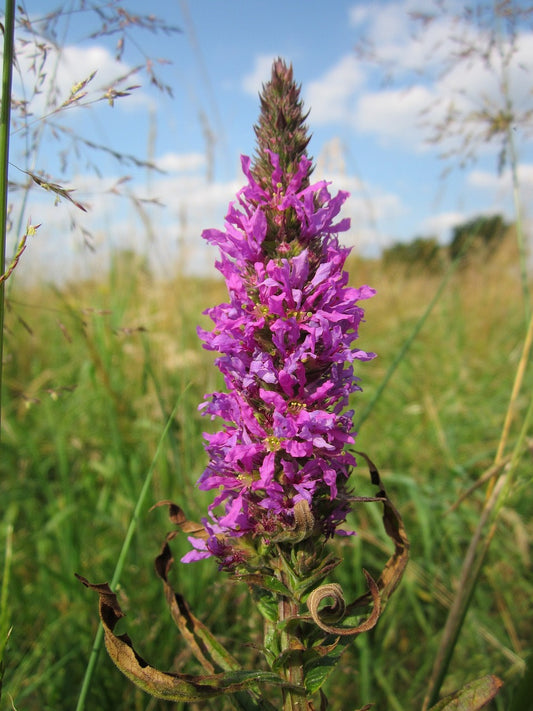
Grow Your Own Green Delight: A Guide to Planting Salad Burnet in Your Garden
Planting Salad Burnet: A Complete Guide to Growing This Versatile Herb
Salad Burnet (Sanguisorba minor) is a wonderfully versatile herb known for its refreshing taste and ornamental appeal. This guide will walk you through the process of planting and caring for Salad Burnet, ensuring you get the most out of this unique herb in your garden.
What is Salad Burnet?
Salad Burnet is a perennial herb native to Europe and parts of Asia. It features attractive, fern-like leaves with a mild, cucumber-like flavour, making it a popular addition to salads and other culinary dishes. Additionally, it produces distinctive, globe-shaped flower heads that add a decorative touch to your garden.
Why Grow Salad Burnet in Your Garden?
Growing Salad Burnet offers numerous benefits. It is a low-maintenance herb that enhances the flavour of fresh dishes. Salad Burnet is also beneficial for wildlife, attracting bees and other pollinators to your garden.
Best Time to Plant Salad Burnet
The ideal time to plant Salad Burnet seeds is in early spring or late summer. Planting in spring allows the herb to establish itself before the heat of summer, while late summer planting gives it a head start for the next growing season.
Choosing the Right Location for Salad Burnet
Salad Burnet thrives in full sun to partial shade. It prefers well-drained soil but is tolerant of various soil types. Ensure that the planting area has good drainage to prevent waterlogging, which can lead to root rot.
Preparing the Soil for Salad Burnet
1. Soil Preparation: Clear the planting area of weeds and debris. Loosen the soil to a depth of about 15 cm (6 inches) and incorporate organic matter or compost to enhance soil fertility and structure.
2. Soil pH: Salad Burnet prefers a slightly acidic to neutral pH. Aim for a soil pH range of 6.0 to 7.0 for optimal growth.
How to Sow Salad Burnet Seeds
1. Sowing Seeds: Scatter the Salad Burnet seeds evenly over the soil surface. Lightly press them into the soil or cover with a thin layer of compost. The seeds need light to germinate, so avoid planting them too deeply.
2. Watering: Keep the soil consistently moist until the seeds germinate. Once established, Salad Burnet is drought-tolerant but benefits from occasional watering during prolonged dry periods.
Caring for Salad Burnet Plants
Once the seedlings are established, Salad Burnet requires minimal care. Regular weeding and occasional watering will help keep the plants healthy. Salad Burnet benefits from a mulch layer to retain soil moisture and suppress weeds.
Common Pests and Diseases
Salad Burnet is relatively pest-resistant. However, keep an eye out for aphids and slugs. Regular inspection and maintaining good garden hygiene can help prevent and manage these issues.
Harvesting Salad Burnet
You can begin harvesting Salad Burnet leaves once the plant is well-established. The leaves can be used fresh in salads or dried for later use. For the best flavour, harvest the leaves before the plant flowers.
Companion Plants for Salad Burnet
Salad Burnet pairs well with other herbs and vegetables such as chives, parsley, and lettuce. These companions can enhance the flavours and create a harmonious garden setting.
Conclusion
Planting Salad Burnet is a fantastic way to add a unique and useful herb to your garden. With its easy care requirements and versatile uses, Salad Burnet is an excellent choice for both seasoned gardeners and beginners. Follow these guidelines for successful planting and enjoy the benefits of this remarkable herb.
Follow our blogs for more advice and planting tips!




